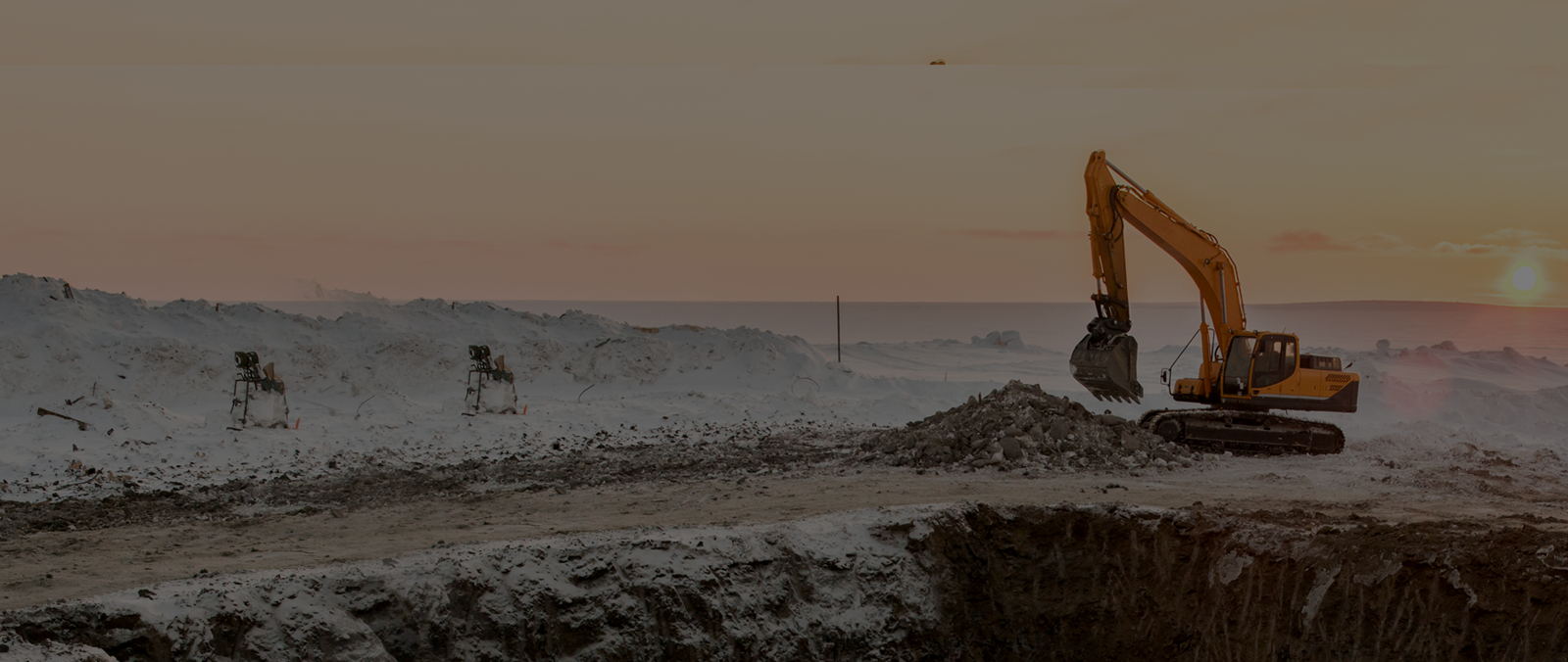
BRIDGE CONSTRUCTION
- Geotechnical Surveys -During the planning phase of a bridge construction project, geotechnical surveys are conducted to assess the subsurface conditions at the construction site. Inertial Navigation Systems can be integrated into survey equipment to accurately record the location and orientation of the survey tools. This data helps in creating precise geological models and understanding the soil structure at the construction site.
- Construction Equipment Tracking - Inertial Navigation Systems can be installed on construction equipment such as cranes, piling rigs, or drilling machines. This allows for real-time tracking of the equipment's position, orientation, and movement. Monitoring this data helps ensure that construction activities are carried out according to design specifications.
- Bridge Inspection and Monitoring -After construction, bridges need to be regularly inspected for maintenance and safety purposes. Inertial Navigation Systems can be used to monitor the structural health of the bridge by tracking any changes in its position, alignment, or deformation. This data can be crucial for assessing the integrity of the bridge over time.
- Precise Positioning of Construction Components -During the assembly of bridge components, such as segments of a precast bridge or the placement of support structures, precise positioning is crucial. Inertial Navigation Systems can be utilized to ensure accurate alignment and placement of these components.
- Navigation in Challenging Environments -Some bridge construction projects may take place in challenging environments, such as areas with limited GPS signal coverage (e.g., urban canyons or densely forested regions). In such cases, Inertial Navigation Systems can complement or substitute GPS-based navigation to maintain accurate positioning data.
- Tunnel Construction -Inertial Navigation Systems are sometimes used in tunnel construction where GPS signals may be unreliable or unavailable. The system helps in tracking the tunnel boring machine's position and orientation accurately.
It's important to note that the use of Inertial Navigation Systems in bridge construction depends on the specific requirements of the project and the challenges posed by the construction site. These systems can enhance the efficiency, safety, and precision of various construction-related tasks. It can be utilized in certain applications related to the construction process and monitoring. Here are some reasons why Inertial Navigation Systems might be employed in the context of bridge construction;
- Geotechnical Surveys -During the planning phase of a bridge construction project geotechnical surveys are conducted to evaluate the subsurface conditions at the construction site. Inertial Navigation Systems can be integrated into survey equipment to accurately record the location and orientation of the survey tools. This data aids in creating models and understanding the soil structure at the construction site.
- Tracking Construction Equipment -Inertial Navigation Systems can be installed on types of construction equipment such as cranes piling rigs or drilling machines. This enables real time tracking of their position orientation and movement. Monitoring this data helps ensure that construction activities align with design specifications.
- Bridge Monitoring -Following completion bridges require inspections for maintenance and safety purposes. Inertial Navigation Systems can be employed to monitor the health of a bridge by tracking any changes in its position, alignment or deformation. This data is crucial for assessing the integrity of the bridge over time.
- Accurate Placement of Construction Elements -When it comes to putting together bridge components, like precast segments or support structures, getting the positioning right is crucial. Inertial Navigation Systems come into play here ensuring alignment and placement of these elements.
- Navigation in Difficult Conditions -Bridge construction projects often face challenges in areas with GPS signal coverage, such as canyons or densely forested regions. Inertial Navigation Systems can step in to provide or complement GPS based navigation and maintain positioning data.
- Tunnel Construction -Inertial Navigation Systems also find utility in tunnel construction projects where GPS signals may not be reliable or available. They assist in tracking the position and orientation of tunnel machines.
It's worth noting that the decision to use navigation systems in bridge construction depends on project requirements and the difficulties posed by the construction site. These systems have the potential to enhance efficiency, safety and precision across construction related tasks.
Contact Us for more information.
